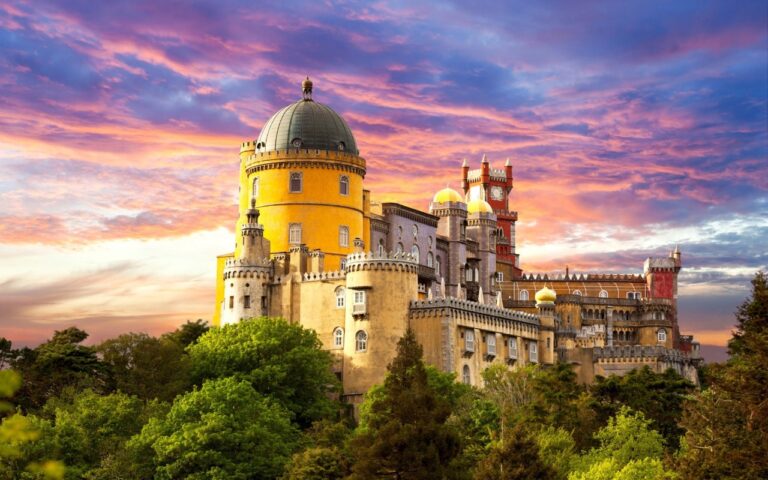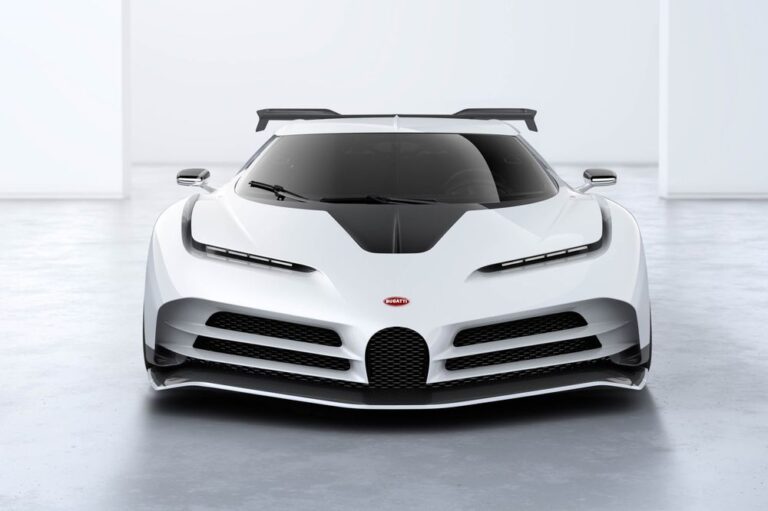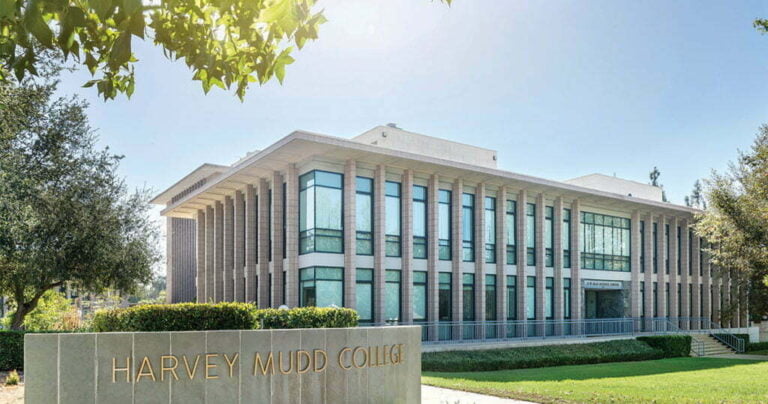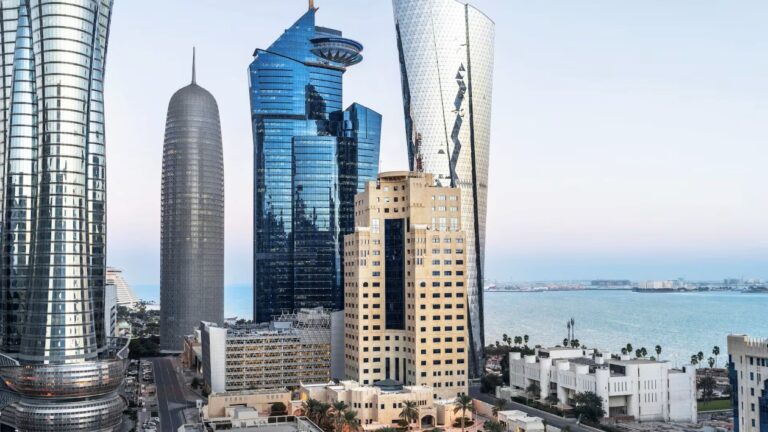Stay Connected❣️

The most beautiful palaces in the world Beauty is subjective, and opinions about what makes a palace beautiful can vary widely. However, there are many palaces around the world that are famous for their stunning architecture, rich history and picturesque…

The fastest trains in the world Are you planning to travel on the fastest high-speed trains in the world in 2023? Today there are many high speed trains in the world which run at the speed of flight and all…

The richest people in the world Want to know who are the top 10 richest people in the world in 2023? The question often arises, who is the richest person in the world? Or who has the most money? The…

The most expensive cars in the world Want to know which is the most expensive car in the world in 2023? Every month many new expensive cars are launched and the list of most expensive cars also keeps changing. Some…

The cleanest airports in the world Want to know what are the cleanest airports in the world by 2023? Named the world’s cleanest airport by customers in the World Airport Survey, Tokyo Haneda International Airport maintains its leadership in the…

The largest shopping malls in the world If you travel around the world and love to shop, then you will want to know about the biggest shopping mall in the world in 2023. The world’s big shopping malls offer one-stop…

The most famous people by social media fans Who has the most followers on social media? It’s difficult to decide who are the top 10 most famous people in the world in 2023. Who has the biggest celebrities in the…

The most expensive universities in the world What are the top 10 most expensive universities in the world in 2023? The cost of higher education is rising so it’s no surprise that some universities are more expensive than others. The…

The safest cities in the world Which are the safest cities in the world in 2023? Before traveling within the country or abroad, it is wise to think about the safety of that city. Finding a safe and secure destination…

The Most Popular Social Media Sites There are many social media sites in the world, but some of them are more popular than others. According to the latest statistics, the top 10 social media sites in the world as of…

Building core strength is essential for overall stability, balance, and injury prevention. Here are the top 10 best exercises for building core strength, to help you achieve a strong core! Remember to start with exercises that match your current fitness…

The richest footballers in the world If you are a soccer lover then you must want to know how much your favorite players earn. According to Forbes, Kylian Mbappe has earned the highest salary and bonus of $128 million followed…

The Top 10 Must-Visit Travel Destinations in the World in 2023 Remember to research and consider travel restrictions, safety guidelines and local conditions before making any travel plans. Additionally, the popularity of destinations can change, so it’s always a good…

The Safest Airports in the World It is often interesting for people to know which is the safest airport in the world in 2023? Plus, checking how safe the airport is before you travel can make traveling more interesting. Although…

The Largest Hospitals in the World Do you want to know which is the largest hospital in the world in 2023? Biggest hospitals are measured in 2 ways, first on the basis of the number of beds in the hospital…

The Largest Banks by Total Assets Banks have an important role in our life. A bank is a financial institution that accepts deposits from the public and collects demand deposits while simultaneously giving loans. China has the top four largest…